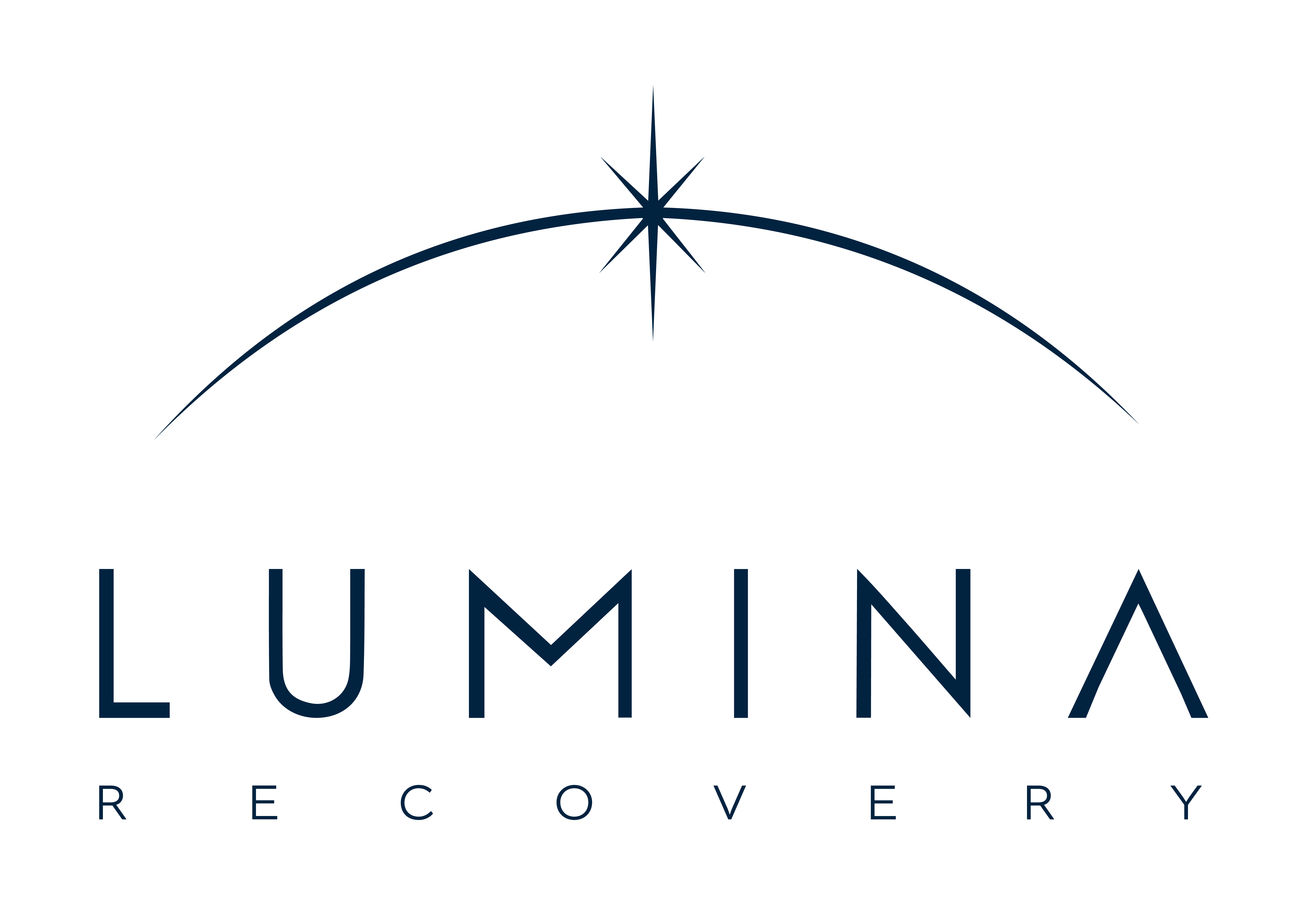Yes, rehab works. But its success depends on various factors, including the individual’s commitment, the quality of the program, and the presence of ongoing support.
Successful rehabilitation of substance abuse is measured not only by sobriety but also by improvements in mental health, relationships, and overall quality of life.
Understanding how rehab success is defined and the factors that contribute to rehabilitation for addiction can help individuals make informed decisions about seeking addiction treatment.
What Is Rehab?
Rehab is a structured approach to treating substance abuse, offering individuals the support they need to overcome addiction. Different types of treatment programs cater to various needs, helping individuals regain control of their lives.
Types of Rehab Programs
Inpatient drug rehab involves living at a treatment center for a structured recovery, while outpatient rehab allows individuals to receive treatment while continuing their daily lives.
- Residential Treatment: Inpatient rehab is long-term care in a controlled environment, typically lasting 30, 60, or 90 days.
- Partial Hospitalization Programs (PHP): A step down from inpatient rehab, a PHP is a type of outpatient treatment offering structured therapy while allowing individuals to return home or to a sober living facility at night.
- Intensive Outpatient Programs (IOP): Less restrictive than a PHP, an IOP provides several hours of therapy per week while allowing more flexibility.
Common Therapies Used
To achieve rehab success, various therapies are implemented in treatment programs:
- Cognitive Behavioral Therapy (CBT): Helps individuals identify and change negative thought patterns.
- Medication-Assisted Treatment (MAT): Uses FDA-approved medications to manage withdrawal symptoms and cravings, particularly for alcohol rehab and opioid addiction.
- Holistic Approaches: Incorporates yoga, meditation, and other wellness practices to support mental health and physical well-being.
- Family Therapy: Engages loved ones in the recovery process, strengthening support networks.
Measuring Rehab Success
Understanding how rehab success is defined is essential to understanding its impact. While complete abstinence is a goal, success is also measured by improved overall well-being, stable relationships, and continued commitment to addiction recovery.
Defining Success
- Abstinence Rates: The percentage of individuals who remain sober after completing treatment programs.
- Improved Quality of Life: Enhanced relationships, employment stability, and emotional well-being.
- Enhanced Mental Health: Reduction in anxiety, depression, and other co-occurring disorders.
Addiction Recovery Statistics
Highlights for the 2023 National Survey on Drug Use and Health highlighted the following findings:
- 6% of adults were identified as needing substance use treatment in the past year, highlighting the widespread impact of addiction.1
- 5% of adults (or 189,000 people) with a substance use disorder sought professional treatment, demonstrating the gap between need and access.1
- 12% of adults (30.5 million people) recognized they had a substance use problem, and 1% of them (22.2 million) considered themselves in recovery.1
The Recovery Research Institute found the following:
- 54% of individuals in recovery used formal support systems, such as professional treatment programs, medication, or peer-led groups.2
- 30% of individuals sought formal treatment for recovery, with 17% opting for outpatient rehab programs as their primary method of care.2
Factors Influencing Rehab Effectiveness
Various factors influence how well rehab works, from personal commitment to the quality of care provided at a treatment center.
Individual Factors
- Personal Motivation: Individuals who actively engage in their treatment plan tend to have higher rehab success rates.
- Co-Occurring Mental Health Disorders: Addressing conditions like anxiety, depression, or post-traumatic stress disorder (PTSD) improves rehabilitation for addiction
Program-Related Factors
- Program Duration: Longer rehab stays are linked to better recovery outcomes.
- Aftercare Support: Participation in support groups like Alcoholics Anonymous (AA) or Narcotics Anonymous (NA) significantly reduces the risk of relapse.
- Staff Credentials and Experience: Well-trained professionals increase the effectiveness of evidence-based treatment approaches.
Common Misconceptions About Rehab
Many misconceptions about drug and alcohol rehab prevent individuals from seeking treatment. Dispelling these myths is essential in promoting effective addiction treatment.
Relapse Equals Failure
Relapse rates in drug and alcohol rehab do not mean failure—it’s part of the recovery journey for many. Adjustments to a treatment plan can help individuals regain stability and continue their progress.
One-Size-Fits-All Approach
Rehab works best when it is personalized. Different treatment programs work for different people, and customized care improves rehab success rates.
Enhancing Rehab Success: Tips and Strategies
For rehab success, individuals need ongoing care and a strong support system. Various strategies can help maintain long-term sobriety.
- Continuing care through support groups like Alcoholics Anonymous, Narcotics Anonymous, and family therapy is essential for long-term sobriety.
- Family therapy and a strong support system play crucial roles in sustained recovery. When loved ones are involved, individuals feel more supported in their addiction recovery journey.
- Establishing healthy habits, like regular exercise, proper nutrition, and stress management, can reinforce sobriety.
FAQs
What percentage of people relapse after rehab?
Relapse rates are 40% to 60%, similar to other chronic illnesses. A relapse is a signal for additional support, not a failure.3
What is the success rate of rehab?
Success varies, but 75% of adults with a substance use problem reported being in recovery by receiving treatment.4 Rehab success is also measured by improved mental health, relationships, and overall well-being.
Does rehab actually help people?
Yes, rehabilitation for addiction helps individuals by addressing underlying issues, teaching coping strategies, and offering support systems. Many achieve long-term sobriety and improved well-being.
How long does rehab treatment typically last?
Common durations are 30, 60, or 90 days, but longer treatment programs and continued outpatient support often lead to better outcomes.
What factors contribute to successful rehabilitation?
Some factors include personal motivation, support systems, aftercare planning, addressing co-occurring disorders, and medication-assisted treatment (MAT).
Find Lasting Recovery With Lumina Recovery
Rehab works, but rehab success depends on commitment, aftercare, and finding the right treatment center. Research shows that structured addiction treatment, combined with ongoing support groups, greatly improves long-term sobriety outcomes.
At Lumina Recovery, we offer comprehensive inpatient drug and alcohol rehab and dual diagnosis treatment to address both substance abuse and mental health conditions. Whether you need structured inpatient alcohol treatment or ongoing outpatient therapy, our team is here to help.
If you or a loved one is struggling with substance abuse, reach out to Lumina Recovery today. Your journey to drug recovery and long-term sobriety starts now.
Sources:
- SAMHSA. Highlights for the 2023 National Survey on Drug Use and Health.
- Recovery Research Institute. 1 in 10 Americans report having resolved a significant substance use problem.
- NIH. Drugs, Brains, and Behavior: The Science of Addiction.
- Jones CM, Noonan RK, Compton WM. Prevalence and correlates of ever having a substance use problem and substance use recovery status among adults in the United States, 2018. Drug Alcohol Depend. 2020 Sep 1;214:108169. doi: 10.1016/j.drugalcdep.2020.108169.



